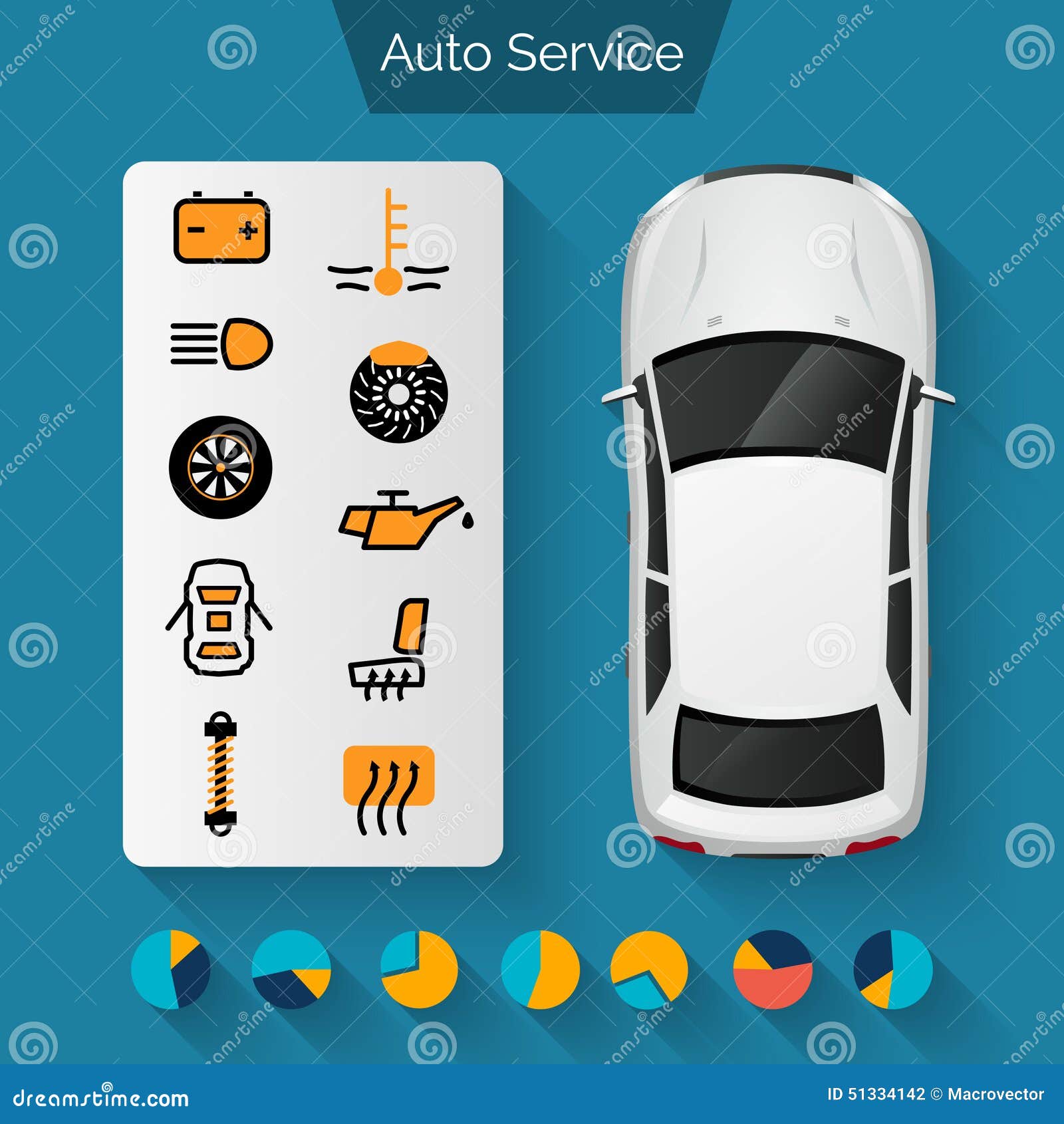Recognizing Your Auto'S Caution Lighting: What Do They Actually Mean?
Recognizing Your Auto'S Caution Lighting: What Do They Actually Mean?
Blog Article
Produced By-Vinson Kejser
When you're behind the wheel, those glowing warning lights on your control panel can be a bit complicated. Do you recognize what they're trying to inform you concerning your auto's health and wellness? Recognizing the value of these lights is crucial for your safety and the durability of your car. So, the next time among those lights pops up, wouldn't you wish to understand its message accurately and take the required steps to address it?
Common Warning Lighting and Interpretations
Recognize typical caution lights in your automobile and recognize their meanings to make certain secure driving.
The most normal warning lights include the check engine light, which signals issues with the engine or discharges system. If this light comes on, it's essential to have your vehicle checked without delay.
The oil pressure warning light suggests low oil stress, requiring instant interest to prevent engine damages.
A flashing battery light might suggest a malfunctioning billing system, possibly leaving you stranded otherwise resolved.
boat cleaning service monitoring system (TPMS) light signals you to reduced tire stress, influencing vehicle security and fuel efficiency. Neglecting this can result in risky driving problems.
The abdominal muscle light shows a trouble with the anti-lock stopping system, endangering your capability to stop rapidly in emergency situations.
Finally, the coolant temperature cautioning light warns of engine overheating, which can result in severe damages if not dealt with quickly.
Comprehending these common warning lights will certainly aid you address concerns immediately and maintain risk-free driving conditions.
Relevance of Prompt Focus
Recognizing the usual caution lights in your vehicle is only the first step; the significance of immediately attending to these cautions can not be emphasized enough to guarantee your safety and security on the road.
When a warning light brightens on your dashboard, it's your cars and truck's way of connecting a potential problem that requires focus. Ignoring these cautions can lead to a lot more extreme issues in the future, jeopardizing your security and potentially costing you a lot more in repairs.
https://www.abc10.com/article/news/local/fair-oaks-carmichael/auto-shop-carmichael-joyrides-customers-cars/103-d465c013-44f8-4e24-b2af-7db5919bbae9 to alerting lights can protect against malfunctions and crashes. For example, a flashing check engine light can show a misfire that, if left neglected, could create damages to the catalytic converter. Resolving this without delay can conserve you from a costly repair service.
Similarly, a brake system cautioning light may signal low brake liquid or worn brake pads, critical elements for your safety and security when driving.
Do It Yourself Troubleshooting Tips
If you discover a caution light on your control panel, there are a couple of DIY fixing suggestions you can try before seeking professional help.
The primary step is to consult your car's manual to understand what the details caution light indicates. Sometimes the issue can be as straightforward as a loosened gas cap triggering the check engine light. Tightening up the gas cap may fix the problem.
One more common concern is a reduced battery, which can cause different advising lights. Examining the battery connections for deterioration and ensuring they're protected could deal with the trouble.
If a warning light lingers, you can try resetting it by disconnecting the automobile's battery for a few minutes and afterwards reconnecting it. Furthermore, examining your car's fluid degrees, such as oil, coolant, and brake fluid, can aid troubleshoot advising lights related to these systems.
Final thought
To conclude, comprehending your vehicle's warning lights is important for maintaining your car running efficiently and safely. By promptly resolving these informs and understanding what they suggest, you can stay clear of pricey repair work and possible failures.
Keep in mind to consult your vehicle's manual for particular details on each cautioning light and act accordingly to make sure a hassle-free driving experience.
Stay notified, remain safe when traveling!
